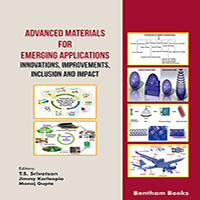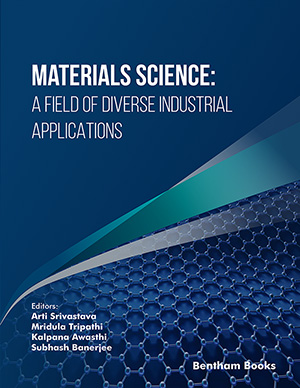Abstract
We report here a significant enhancement of the hardness of aluminumboron carbide composites by the addition of magnesium. Reactive sintering between
boron carbide and aluminum-magnesium occurs by the application of heat and pressure
and during subsequent annealing at high-homologous temperatures of the matrix. In
this case, the deformation-induced plastic yielding enables the incorporation and
dispersion of hard particles in aluminum-matrix. We examine the decomposition
behavior of boron carbide at high-homologous temperatures in contact with magnesium
and aluminum, and observe the interfacial, aluminum-magnesium-boride, AlMgB4
, and
aluminum-boro-carbide, Al3BC, phases at boron carbide/matrix interfaces as revealed
by the high-resolution transmission electron microscopy. We demonstrate that the
hardness of these composites has been enhanced by two to five folds as compared to
the base alloy and the existing aluminum-boron carbide composites. The addition of
magnesium improves interfacial cohesion significantly between the matrix and ceramic
particles as a result of interfacial boride phase, and primarily contributes to the
enhancement of strength. This provides a novel method of developing aluminum-based
high strength composites.
Keywords: Aluminum alloys, Boron carbide and transmission electron microscopy, Interfaces, Microstructure, Metal matrix composites.




















